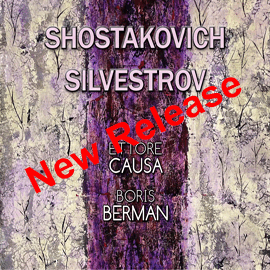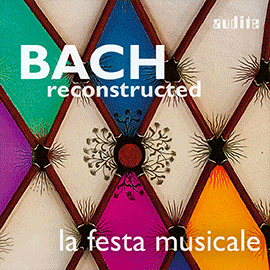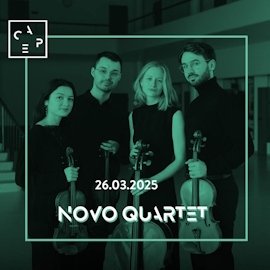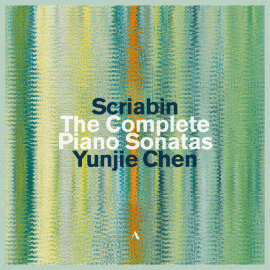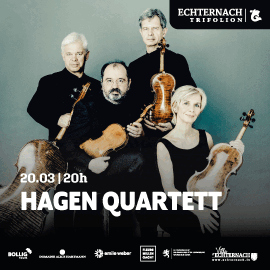Mit seiner neuen Produktion ‘Mozart. Post Scriptum’ präsentiert der russische Pianist Sergei Kvitko sozusagen Mozart-Ergänzungen. Zentralstück der CD ist das Klavierkonzert in d-Moll Nr. 20, KV 466. Dirigent Tigran Shiganyan und Kvitko gehen den ersten Satz hoch dramatisch an, und der Pianist erstaunt mit kühnem Spiel. Die Romanze wird sehr nüchtern interpretiert, mit ungemein klarer Artikulierung.
Das Orchester wurde sehr direkt aufgenommen, was zwar den Klang griffig werden lässt, aber man hört ihn so, als säße man direkt neben dem Pianisten. Schönklang darf man dabei nicht erwarten. Der letzte Satz wird mit gestochen scharfer Rhythmik interpretiert, sehr zupackend und kraftvoll, oft direkt ungestüm und ungewohnt erregt. Die letztlich etwas provokative Aufnahme, die kräftig am Mozart-Monument rüttelt, enthält auch neue Kadenzen von Kvitko die, gelinde ausgedrückt, spektakulär sind. Ob man das alles so mag, ist Geschmackssache.
Das Album enthält auch die Weltersteinspielungen von Kvitkos eigenen Sonderausgaben von Mozarts Rondos in D-Dur KV 382 und A-Dur KV 386 für Klavier und Orchester. Die Partituren enthalten neue Ergänzungen in Bezug auf Orchestrierung, Ornamentik, Artikulation und dynamische Markierungen, mit denen, wie es im Pressetext heißt, die ursprünglichen Ideen des Komponisten erweitert werden. Auch das ist in hohem Maße gewöhnungsbedürftig und zeigt eher, was man mit Mozart machen kann als was man mit seiner Musik machen soll.
Kvitkos musikalischer Partner bei diesem Projekt ist das Madrid Soloists Chamber Orchestra, ein spanisches Ensemble, das sich aus Musikern aus ganz Europa, Asien und Amerika zusammensetzt.
With his new production ‘Mozart. Post Scriptum’, Russian pianist Sergei Kvitko presents Mozart supplements, so to speak.
The central piece on the CD is the Piano Concerto in D minor No. 20, K. 466. Conductor Tigran Shiganyan and Kvitko take a highly dramatic approach to the first movement, and the pianist astonishes with bold playing. The Romance is interpreted very soberly, with uncommonly clear articulation.
The orchestra is recorded very directly, which makes the sound gripping, but one hears it as if sitting right next to the pianist. Therefore, one should not expect a beautiful and polished sound. The last movement is interpreted with razor-sharp rhythm, very gripping and powerful, often directly impetuous and unusually excited. The ultimately somewhat provocative recording, which vigorously shakes the Mozart monument, also includes new cadenzas by Kvitko that are spectacular, to say the least. Whether one likes that is a matter of taste.
The album also includes the world premiere recordings of Kvitko’s own special editions of Mozart’s Rondos in D Major K. 382 and A Major K. 386 for piano and orchestra. The scores contain new additions in terms of orchestration, ornamentation, articulation, and dynamic markings that, as the press release states, expand on the composer’s original ideas. This, too, takes a great deal of getting used to, and demonstrates rather what can be done with Mozart than what should be done with his music.
Kvitko’s musical partner in this project is the Madrid Soloists Chamber Orchestra, a Spanish ensemble composed of musicians from all over Europe, Asia and America.














